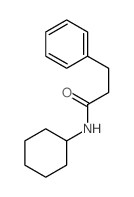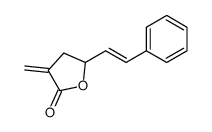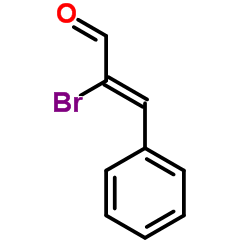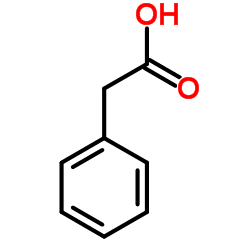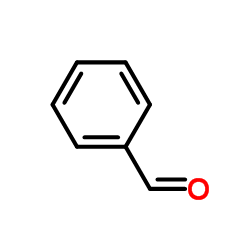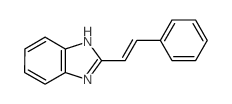104-55-2
| Name | Cinnamaldehyde |
|---|---|
| Synonyms |
(E)-3-phenylprop-2-enal
trans-Cinnamic Aldehyde (2E)-3-Phenyl-2-propenal Cinnamaldehyde, (E)- trans-Cinnamylaldehyde 2-Propenal, 3-phenyl-, (2E)- β-phenylacrolein Cinnamic aldehyde (2E)-3-phenylprop-2-enal (E)-3-phenylpropenal cinnamic aldehyde, (E)-isomer Cinnamyl aldehyde (E)-3-Phenyl-propenal 2-Propenal, 3-phenyl-, (E)- (9CI) trans-3-Phenylacrolein 3-Phenylacrolein trans-Phenylacrolein Acrolein, 3-phenyl- (2E)-3-Phenylacrylaldehyde MFCD00007000 4-07-00-00984 (Beilstein Handbook Reference) trans-Cinnamaldehyde (E)-cinnamaldehyde EINECS 203-213-9 Cinnamaldehyde, trans- |
| Description | Cinnamaldehyde is a major and a bioactive compound isolated from the leaves of Cinnamomum osmophloeum kaneh. Cinnamaldehyde is a cytokine production inhibitor. Cinnamaldehyde has anti-bacteria, anti-oxidation, and anti-inflammatory properties[1]. |
|---|---|
| Related Catalog | |
| In Vitro | Cinnamaldehyde inhibits ROS release and the activation of MAPKs as well as pro-inflammatory cytokines expression within TLRs activated cultured monocytes/macrophages[1] .Cinnamaldehyde induces apoptosis by mitochondrial permeability transition in human promyelocytic leukemia HL-60 cells, and induces apoptosis in human hepatoma cells through activation of the proapoptotic Bcl-2 family proteins[1]. |
| References |
| Density | 1.0±0.1 g/cm3 |
|---|---|
| Boiling Point | 246.8±9.0 °C at 760 mmHg |
| Melting Point | -7.5ºC |
| Molecular Formula | C9H8O |
| Molecular Weight | 132.159 |
| Flash Point | 71.1±0.0 °C |
| Exact Mass | 132.057510 |
| PSA | 17.07000 |
| LogP | 2.12 |
| Vapour density | 4.6 (vs air) |
| Vapour Pressure | 0.0±0.5 mmHg at 25°C |
| Index of Refraction | 1.577 |
| Stability | Stable. Combustible. Incompatible with strong oxidizing agents, strong bases. |
| Water Solubility | Slightly soluble |
CHEMICAL IDENTIFICATION
HEALTH HAZARD DATAACUTE TOXICITY DATA
MUTATION DATA
|
| Symbol |

GHS07 |
|---|---|
| Signal Word | Warning |
| Hazard Statements | H315-H317-H319-H335 |
| Precautionary Statements | P261-P280-P305 + P351 + P338 |
| Personal Protective Equipment | Faceshields;full-face respirator (US);Gloves;Goggles;multi-purpose combination respirator cartridge (US);type ABEK (EN14387) respirator filter |
| Hazard Codes | Xi:Irritant; |
| Risk Phrases | R36/37/38 |
| Safety Phrases | 26-36/37 |
| RIDADR | NONH for all modes of transport |
| WGK Germany | 3 |
| RTECS | GD6476000 |
| Packaging Group | I; II; III |
| Hazard Class | 6.1 |
| HS Code | 2912299000 |
| Precursor 9 | |
|---|---|
| DownStream 9 | |
| HS Code | 2912190090 |
|---|---|
| Summary | 2912190090 acyclic aldehydes without other oxygen function。Supervision conditions:None。VAT:17.0%。Tax rebate rate:9.0%。MFN tariff:5.5%。General tariff:30.0% |




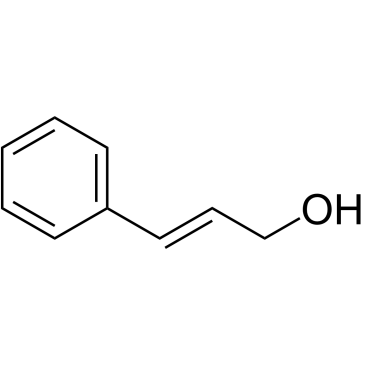
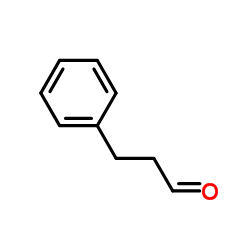
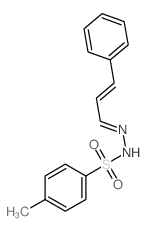

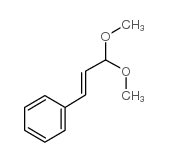

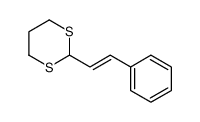
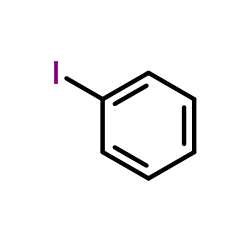
![6-phenylthieno[2,3-b]pyridine structure](https://image.chemsrc.com/caspic/228/100037-80-7.png)
